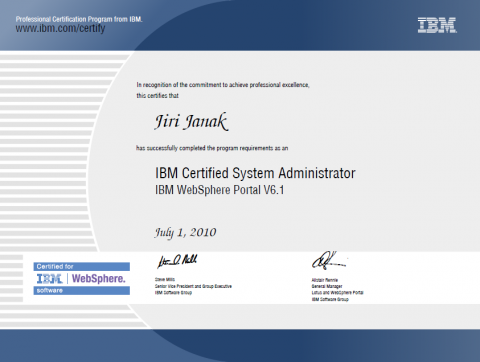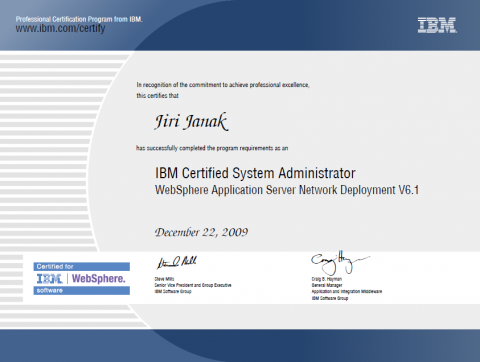Bruce Campbell, the ultimate B actor, in his book “Make Love!… the Bruce Campbell Way” says about romance and romance scenes:
“Hollywood is successful at portraying relationship as because it manages to bring our fantasies to life: it presents a “what if” world in which we can lose ourselves for a few hours. In movies, when it comes to man and women, everything happens at the speed of light. Couples fall in love at first glance. Later, during sex (which happens on the first date), men get instant erections and can make love for hours. Women achieve orgasms in record time, some going for three in a row. The sex will always be good, and it must be in some imaginative place, like a freight elevator or a nuclear submarine. Poor Barry, I can see why he was confused – like all of us, he had been brainwashed for years.”
The key words are our fantasies. Romance films are only fantasies, like most other films. They’re make believe. So why the double standard? Why are romantic fantasies considered better and more valuable in the eyes of the critics and general audiences than action or sci-fi fantasies?
— Love, Emotions, and Other Little Things or “Why Romance Films Suck”

